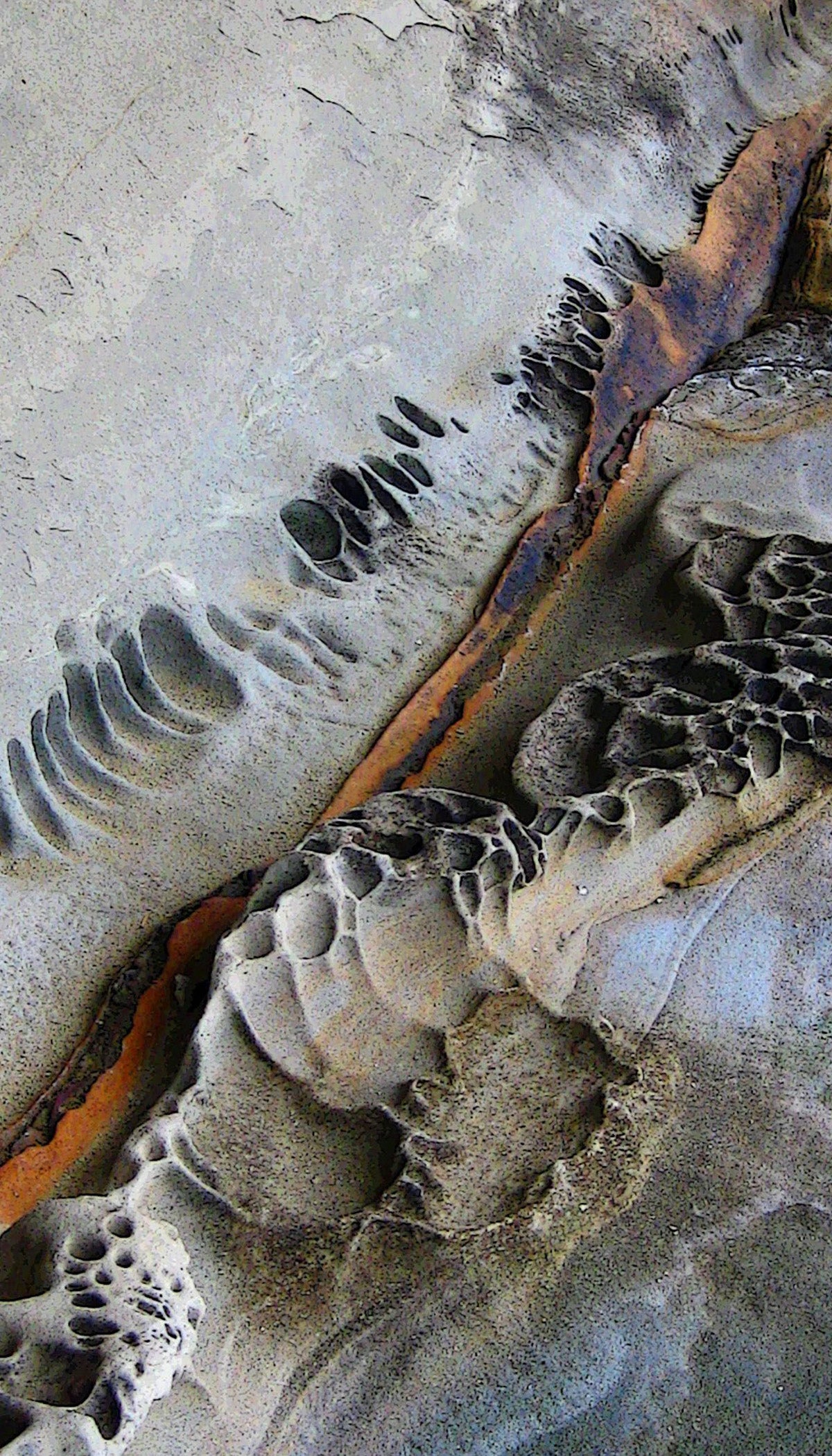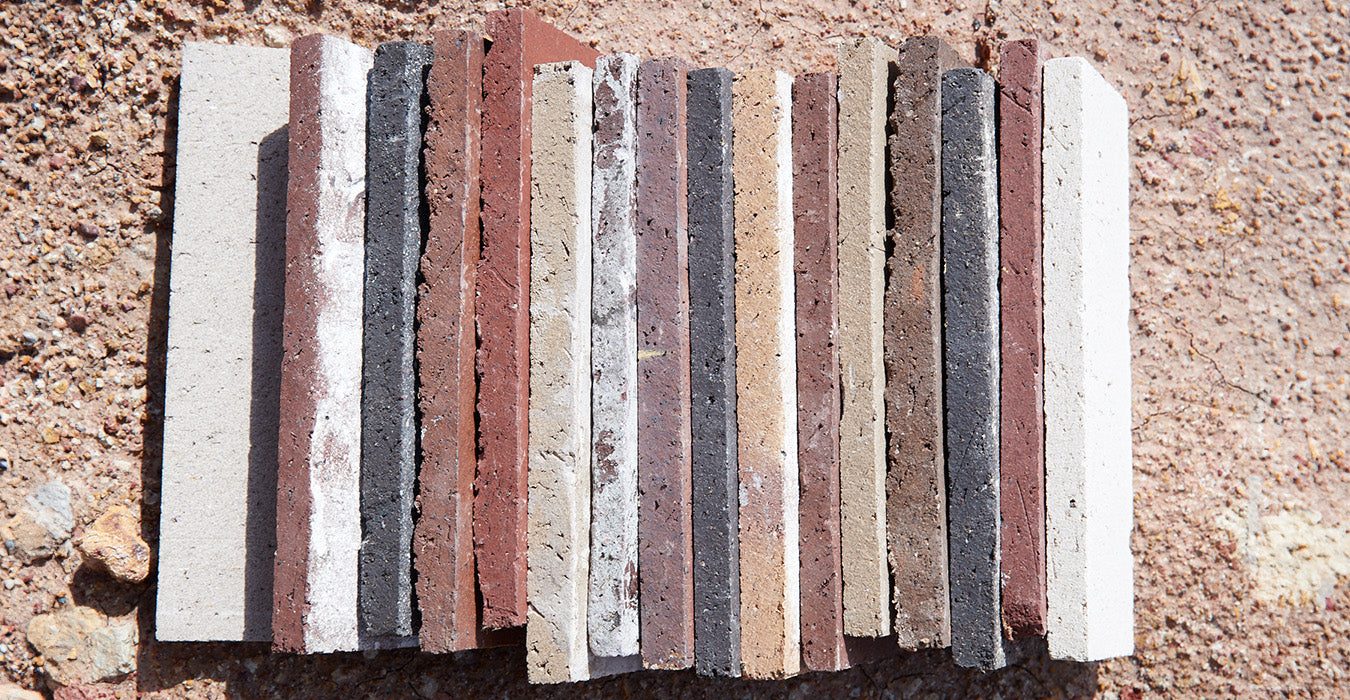embracing imperfection in a not-so-perfect world
by clé tile | published: Jan 19, 2024
In a world that often celebrates flawlessness, it is easy to overlook the intrinsic charm imperfection brings. Though finding the beauty in the blemished is hardly a new concept — the Japanese have been doing it for centuries — it’s one that has sparked even more relevance since the rise of social media. So what is it, exactly, that makes this imperfection so appealing?
“Beauty can be coaxed out of ugliness.”
– Leonard Koren, Wabi Sabi for Artists, Designers, Poets & Philosophers

wabi sabi wooden vase — image courtesy of elsewhere

handmade wild clay vase by matt fishman — image courtesy of tiwa select
To truly appreciate the concept of embracing flaws, we must first delve into the history of wabi-sabi. This Japanese philosophy, rooted in Buddhist teachings, has been a guiding principle in the art, design, and daily life of the country’s citizens since the 15th century. Roughly translated, the term refers to the simple beauty (wabi) of patina (sabi) and has come to refer to a reverence for the imperfect, incomplete, and transient nature of all things. It's about finding beauty in the weathered, worn, and even decayed.
Aesthetically, wabi-sabi translates to roughness, asymmetry, and simplicity, often incorporating the use of natural materials and the signs of weathered age. It emphasizes the transience of life and the acceptance of imperfection as a fundamental part of existence. Whether in the tea ceremony, ceramics, or architecture, wabi-sabi encourages us to see the world through a different lens — one that recognizes the uniqueness of the imperfect.

lemaire fall 2021 menswear collection — imagery courtesy of vogue

y/project fall 2022 menswear collection — imagery courtesy of vogue
“Imperfections are not inadequacies; they are reminders that we're all in this together.”
– Brené Brown, The Gifts of Imperfection
In our fast-paced digital age, where filters, computer software, and AI make image manipulation easier than ever, there is a growing demand for truthfulness. Over the past decade we’ve seen a move away from curated images and experiences toward an increased yearning for genuine, unaltered moments. Imperfection is often synonymous with integrity and authenticity. Flaws make us human — and relatable. Sharing our vulnerabilities and imperfections with others heightens empathy and deepens connections.
What’s more, imperfection speaks to resilience. Scars, both physical and emotional, are markers of one’s personal journey and perseverance. They are literal reminders of past obstacles and must be celebrated with the wisdom that has been gained in the process.

distressed leather — image courtesy of chris black

gold patina — image courtesy of stuart fox studios

vintage selvedge denim — image courtesy of american denim parano
“Imperfection is beauty, madness is genius and it's better to be absolutely ridiculous than absolutely boring.”
– Marilyn Monroe
The problem with perfection is that it becomes tedious and repetitive. We all may have the same Instagram filters, but not all of us have the same experiences. It is our flaws that make each of us unique. All of our quirks and idiosyncrasies set us apart.
The pursuit of perfection can also be exhausting. Numerous studies have correlated the impact of social media on mental well-being. Even viewing the perfectly curated imperfection of some influencers can contribute to stress, anxiety, and self-doubt. No one needs to constantly strive for unattainable ideals (or cutely curated defects). Celebrating our flaws should not feel fake or performative. Rather, it should help us find personal contentment and acceptance.
“In nature, nothing is perfect, and everything is perfect. Trees can be contorted, bent in weird ways, and they’re still beautiful.”
– Alice Walker

sandstone formation

lichen covered rocks with tiny flowers — image courtesy of houseofharlow1960
Industrial mass production strives for consistency. Every cup, every car, every can must be exactly like the last. But as climate change forces us to re-evaluate our relationship with the earth, it becomes a constant reminder to embrace the beauty of nature. This is why we find so much charm in the individualism of objects made by hand
— an allure shared with eco-friendly choices like vintage decor, resale fashion, and repurposed products. Patina and history make them distinct. These items possess a rare beauty formed by the sentimentality of the past. They remind us of bygone eras, stir memories and emotions. Is it any wonder why we yearn for nostalgia today?

diesel 2023 ready to wear — image courtesy of vogue

skirt with and sweater with distressed edges — image courtesy of moda operandi

dries van noten fall 2023 ready to wear — image courtesy of vogue
“There is no excellent beauty that hath not some strangeness in the proportion.”
– Francis Bacon Sr.
In an era dominated by airbrushed images and the pursuit of unattainable ideals, embracing imperfection is a counter-cultural movement that speaks to our innate human qualities and values. By celebrating our flaws, we find beauty, strength, and a greater connection to the real, unfiltered world around us. Perfection may be an illusion, but our flaws are genuine, enduring, and ultimately more beautiful.



